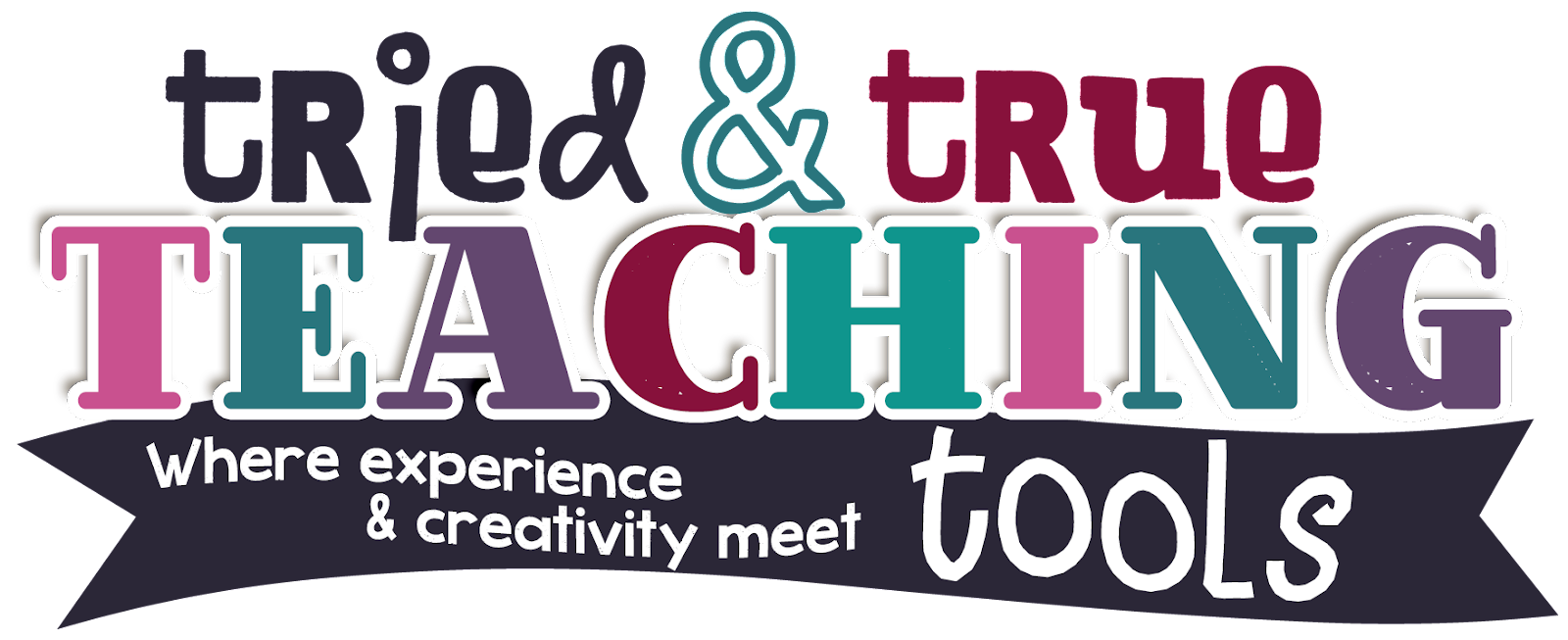So how do I organize? I use the same MATH format that so many other teachers also use. MATH is an acronym that stands for: Math facts (or Math book), At your seat, Teacher-time, and Hands-on activities. Before each new unit of math, my students take a pre-test. Depending on their pre-test results, I group them into four polygon groups: hexagon, square, triangle, circle. These groups are labeled by their number of sides according to their math needs. (hexagon has 6 sides, so my kids with the most needs are in this group, next the square group with 4 sides, then triangle, and my circle group with no sides does not need remediation). Of course my students do not know why they are in specific groups. However, they do know that groups will change with every new unit, depending on what they need. My kids know that they are always given work they need, even though it may look different than their classmates.
I don't have much wall space or bulletin board space in my room, so I made my signs to fit on a cupboard door. I have 4 groups and usually get to 2 rotations per day: 1/2 hour with each group. I know some teachers see all 4 groups daily for 15 minutes each, but I can't seem to manage to thoroughly work with my students that way. The first row of polygons has numbers on them. These are student numbers so I (and they) can quickly see which group each child is in. Then the arrow gets moved down as rotations progress.
At the bottom of the rotations are each individual group's assignment boards/menu. Students look at the Must Do column first, during their designated rotation. After that, students move to the May Do column.
During Math Facts time, students work on triangle math facts tests (www.newmanagement.com), triangle flash cards, and other math facts games. Check out Head Over Heels for Teaching's fantastic tips about mastering those multiplication facts!
During "At your Seat" rotation, student might work on their math workbook or various math menus I've created. You can read more about them here. The Teacher Studio has numerous resources that are wonderful for At your Seat time. I especially love her Digging Deeper Perseverance Problems! Also check out Math Coach's Corner for tons of fantastic activities that kids can do independently. Many of these are also used during Hands-on time.
We do a lot of practice on mini-whiteboards, as well as I started to teach them how to use QR code task cards (from Flapjack Educational Resources). Once they can do these independently, the task cards are then moved into Hands-on May Do choice.
One of my favorite hands-on resources are Marcy Cook Tiles. They not only allow kids to practice math skills, but they must use logic and number sense in order to solve. During Hands-on time, students also play games with partners. You can download this fun partner rounding game (above) here.
You can get your Math Workshop signs at my TpT store here. How do you organize for Math Workshop and differentiate for your students?








Great post, with lots of tips to make math workshop easier! I love the Marcy Cook tiles too!
ReplyDeleteThanks, Retta!! Marcy Cook tiles are so fantastic for not only reinforcing skills, but also to stretch kids' thinking and problem solving skills!
DeleteWhat a great post about an important component in the classroom! Thank you.
ReplyDeleteThanks for stopping by, Marcy! I hope this post was helpful!
DeleteGreat suggestions!
ReplyDeleteThanks, Cindy! The organization of workshop is always tricky & this format truly works for my classroom now!
DeleteI enjoy and my students in the past always loved mini white boards! Thank you for all the tips.
ReplyDeleteMy kids LOVE mini white boards, too! They don't even mind doing "drill & kill" on them! :)
DeleteI love this! Thanks, Kathie!
ReplyDeleteThanks, Jude! So exciting you're now at your dream school :) Can't wait to hear all about it!
Delete